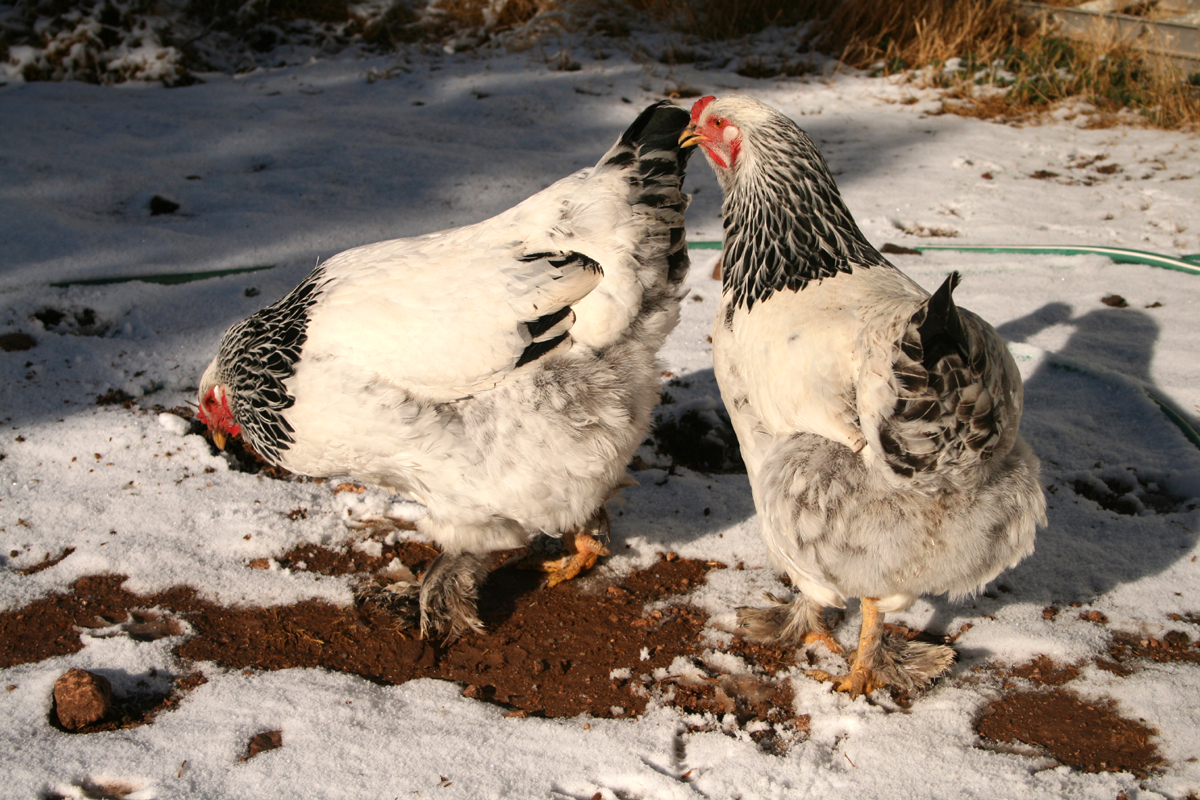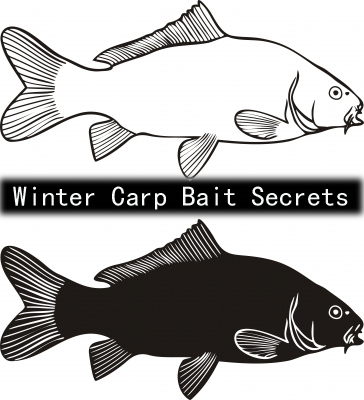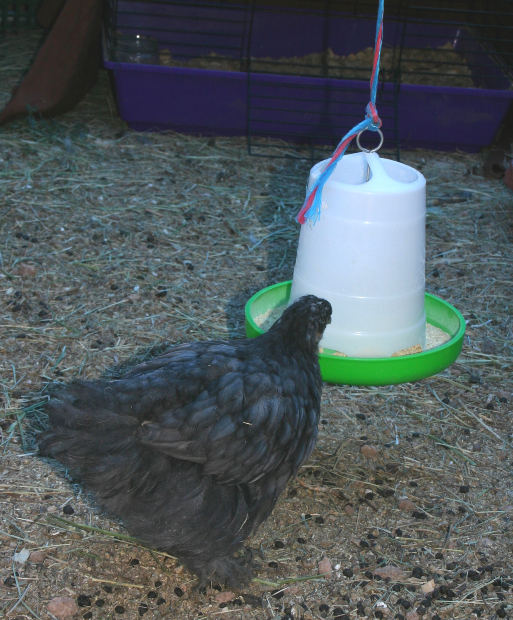How to Clean and Preserve Your Catch

After proudly bringing you catch home and bragging about it to all of your buddies, what are you going to do with it? If you plan to eat it, one of the most important things is to keep it fresh. This will avoid spoiling and the strong fishy smell. The best way to guarantee freshness is to keep the fish alive until it is cleaned.
Avoid Spoiling:
Freshwater fish can be placed in the live well on the boat, or on a stringer to keep it alive until you are able to clean it. If you cannot keep the fish alive, clean it and place it on ice right away. If you are not going to keep the fish, release it quickly to avoid harming it. Saltwater fish should be put on ice right away. Most will not stay fresh kept in a livewell or on a stringer.
Clean Up:
Insert the knife into the vent of the fish, and cut up along the belly to the head. Remember to keep the knife shallow because placing it too deep will puncture the intestines. Spread the body open and remove all of the intestines. The kidney (if your fish has one) is located by the backbone. You can scrape it out with a spoon. Cut off the head, and rinse the fish in clean, cool water. Surround the cleaned fish with ice, and place in a cooler or ice chest. Drain melted ice from the cooler, and do not store the fish in ice water.
Scaling or Skinning:
Scaling a fish is beneficial because the scales retain an abundance of bacteria. Scaling most small types of fish and leaving the skin on, locks in moisture and keeps the fish from drying out. To scale the fish, hold it down and scrape upward starting from the tail and going toward the head. If you don’t have a fish scaler you can use a spoon.
It is a good idea to skin larger fish such as catfish and bullhead because it improves the taste and removes the layer of fat under the skin. The fatty layer of the skin is where most of the contaminants are stored. To skin a fish; clamp the head down, cut through the skin behind the pectoral fins, and peel the skin down toward the tail with pliers. To remove the head, backbone and entrails; break the head off and pull it away from the body, taking the insides with it.
Filleting:
If you have a larger fish, you will probably choose to fillet it, and get the meat without the bones. Using a fillet knife, you will need to cut your fish behind the gills to the backbone (do not go through the backbone). Keeping the knife inside the fish; cut through the ribs toward the tail. Do this on both sides. Then cut the ribs away from the fish. Place the skin side down, and cut through the fillet a quarter inch above the tail to the skin. After you wash the fillet in cold water and dry it with a paper towel; you may choose to cook or freeze it. Fish tend to last longer when frozen with the skin on.
Freezing Tips:
The smaller the package, the quicker it will freeze and slow the deterioration process. If you choose to freeze a fish make sure it is wrapped tightly in an airtight freezer wrap or bag. Vacuum packing is the best method to lock in moisture and reduce freezer burn. Remember to date the package so you will know how long it has been in the freezer. White fish last longer and will stay good in the freezer for several months. Oily fish tend to go bad after a couple of months. After removing it from the freezer the fish should be thawed as quickly as possible by placing it in cold water. You should never place it at room temperature, or in hot water. Thawing in a refrigerator overnight can be done, but is less effective than cold water.
There are a couple of important tips to follow when cleaning and preserving your catch. However, if you take the necessary precautions you will have a delicious fish dinner. Always remember to keep the fish fresh. Unless you are going to cook it right away; freeze it as soon as possible.
Check out related articles on different mouth-watering ways to fry, grill, bake, sauté, op prepare your catch.
The Author:
Kristy Bateman
Photo. stokpic
Source: Ab








